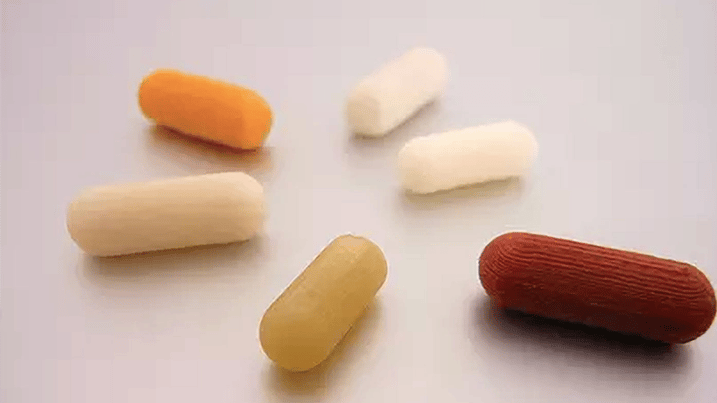
UK based bioprinting company Remedy Health is working with FabRx, the pharma-tech experts, to develop personalized 3D printed medicine thanks to grant funding from Innovate UK.
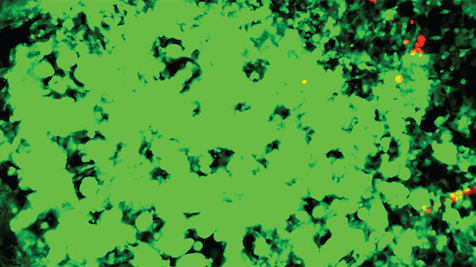
Researchers from the University of Minnesota developed a new way of studying cancer cells by using a 3D in-vitro model and built with custom 3D printing technology.
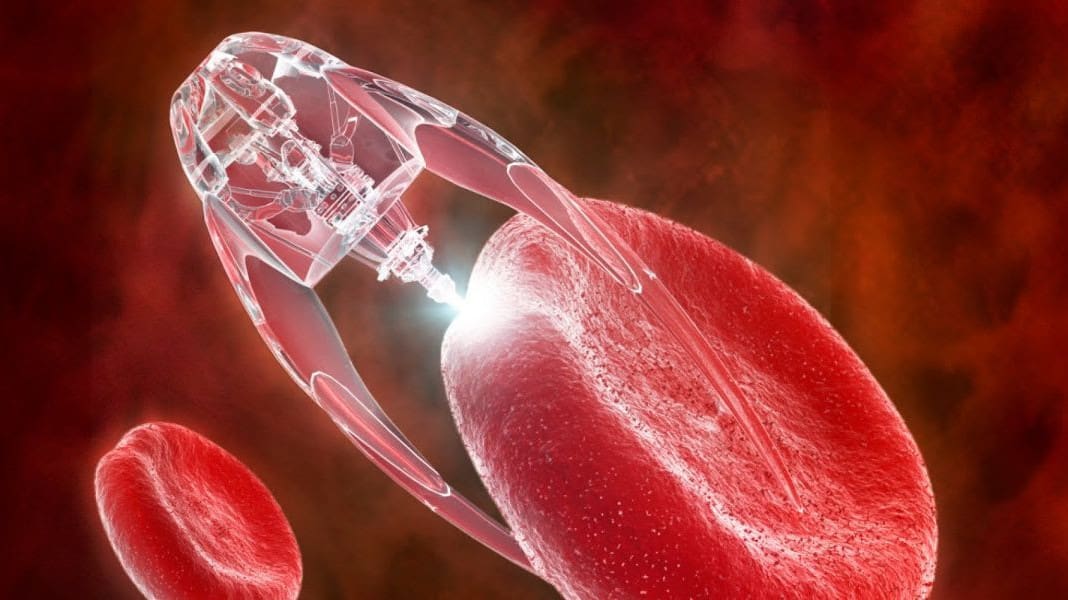
Aether, the startup offering AI-enhanced 3D bioprinting, is developing a new approach to 3D printing nanotechnology by collaborating with University College London (UCL) and Loughborough University researchers.
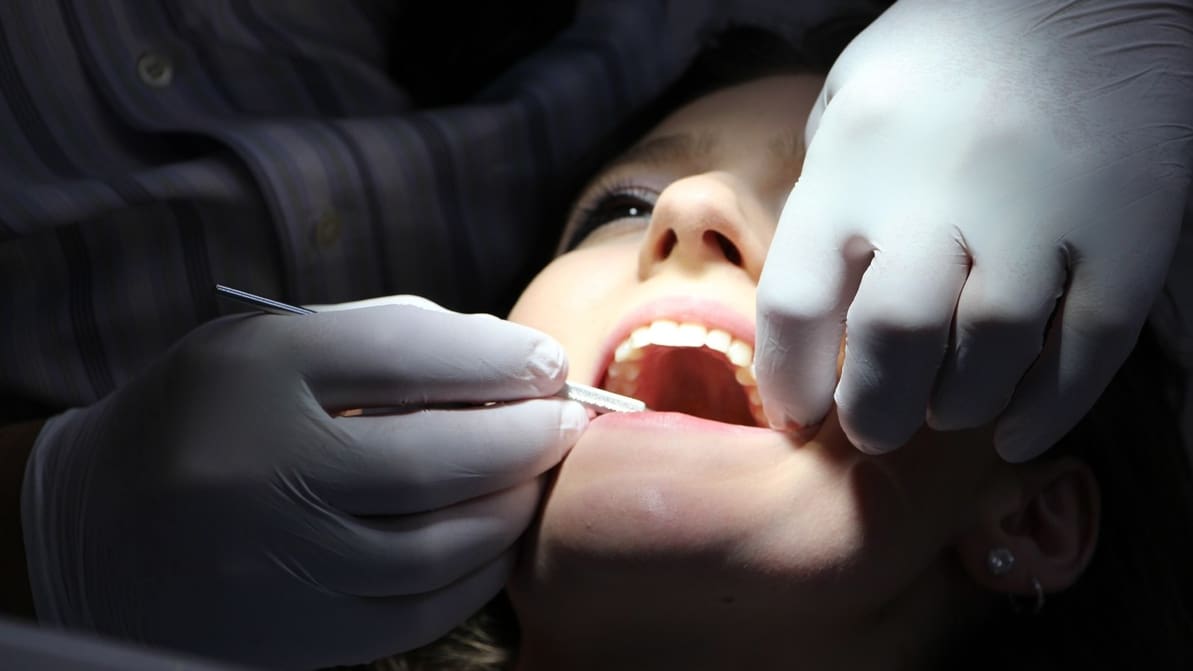
Carbon, a Silicon Valley 3D printing startup, is collaborating with Dentsply Sirona, a professional dental products and technologies manufacturer, to bring a premium 3D-printed denture material system to market.
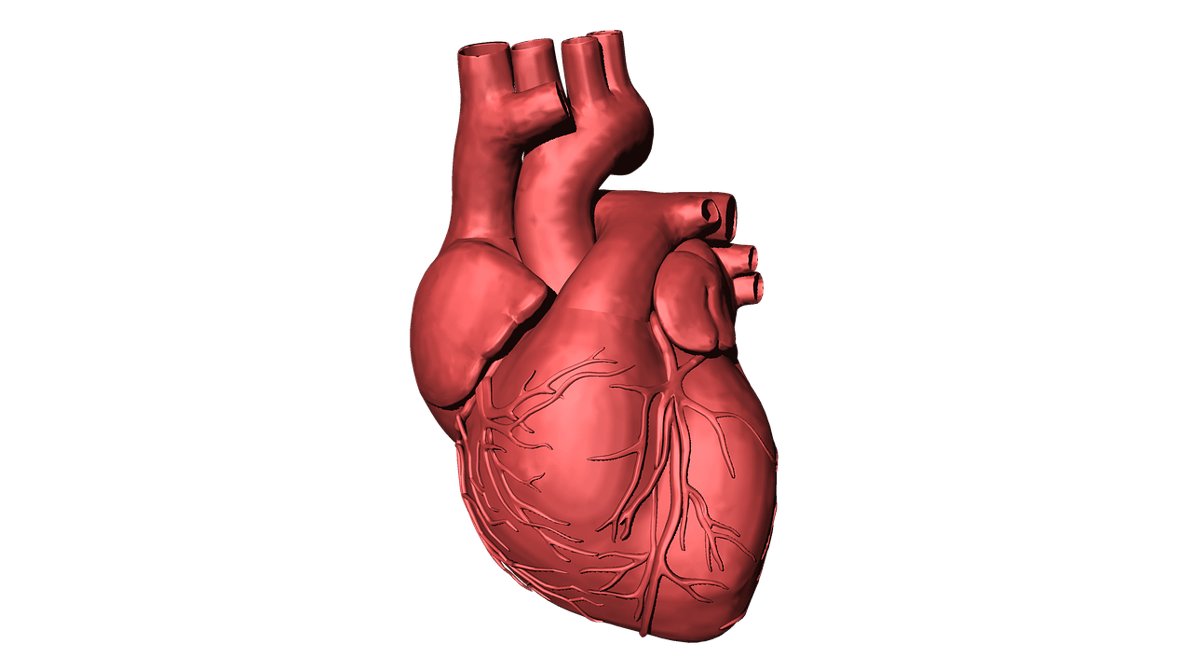
Startup Techshot partnered with NASA to try and develop a bioprinter that will one day 3D print organs at the International Space Station.
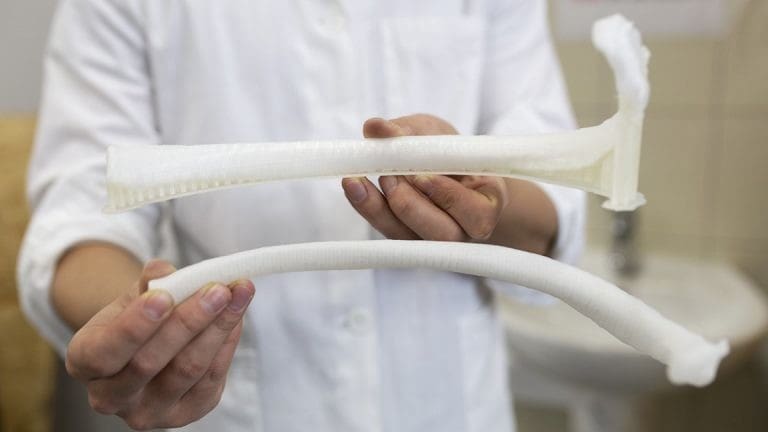
Doctors in Bulgaria created a 3D printed rib for a patient who's own rib had to be removed due to a congenital disease. This use of additive manufacturing is a first, but not the last, for the country.
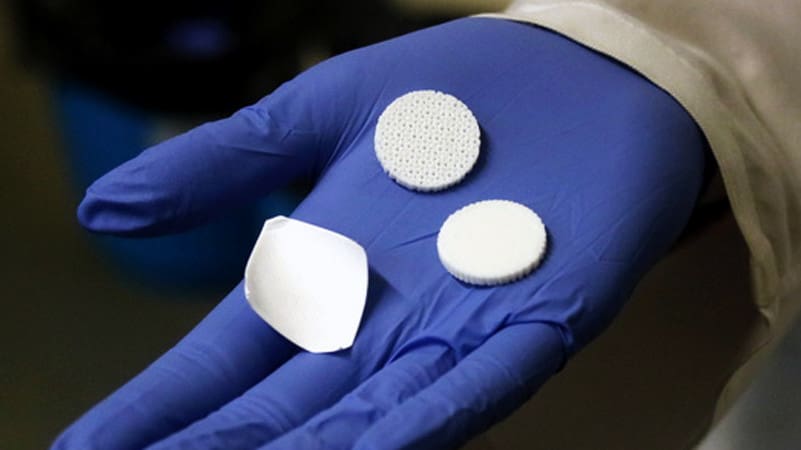
Scientists at the University of Girona in Spain have reached an important milestone in triple-negative breast cancer research by successfully using 3D printing to isolate aggressive breast cancer stem cells.

A Japanese mathematical scientist at Meiji University used Cytosurge's FluidFM 3D printing technology to create "Impossible Objects", which trick the mind, as small as the size of a red blood cell.
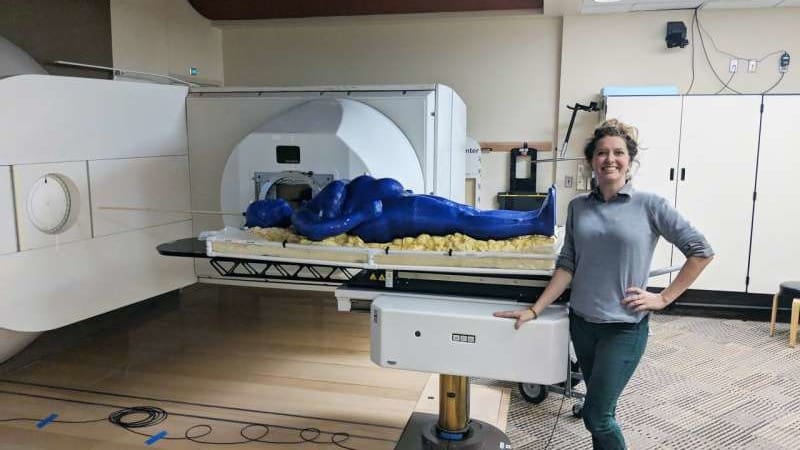
A senior at Louisiana State University (LSU) studying Biological and Agricultural Engineering has used a 3D printer to aid her research by printing a life-size human body for radiation therapy.
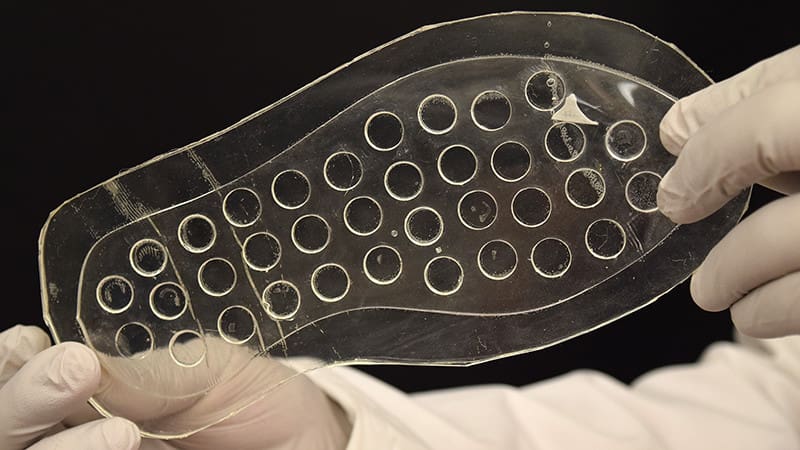
Purdue University researchers use 3D printing to develop a shoe insole which could speed up the healing process of diabetic ulcers and help patients avoid amputation.

Two architects from studio Tonkin Liu have developed a 3D printed stent prototype that can adapt to a patient's throat after they've undergone tracheal transplant surgery.
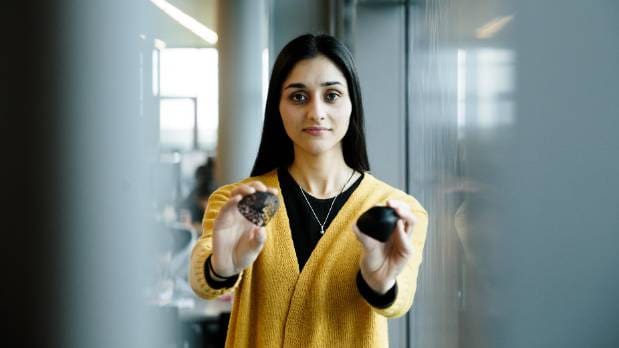
A Waikato University masters student is using 3D bioprinting to grow life-size tumor cells in 3D which may help improve treatments. Eventually, it may be possible to take cells from a patient, grow a tumor and see which treatments work best on it in a laboratory.
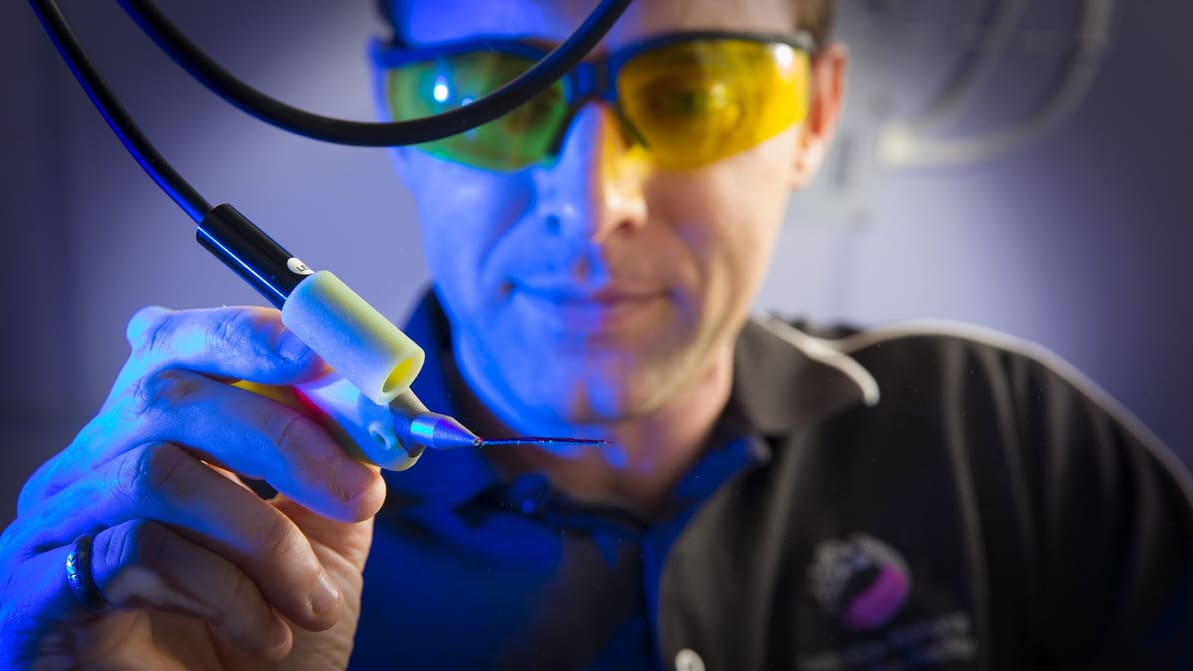
A BioPen which uses "ink" to treat eye wounds is closer to becoming commercially available thanks to the help of NSW (New South Wales) Medical Devices Fund awarding it $1.1 million.
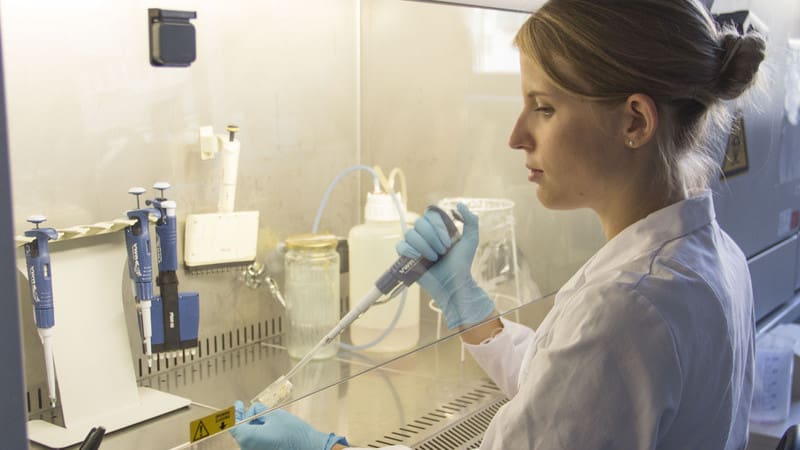
Researchers from TU Wien, a university in Vienna, Austria have used a 3D printing method to create an artificial placental barrier on a chip. Its benefits include enabling researchers to learn more about how the placenta allows the exchange of substances between mother and baby.
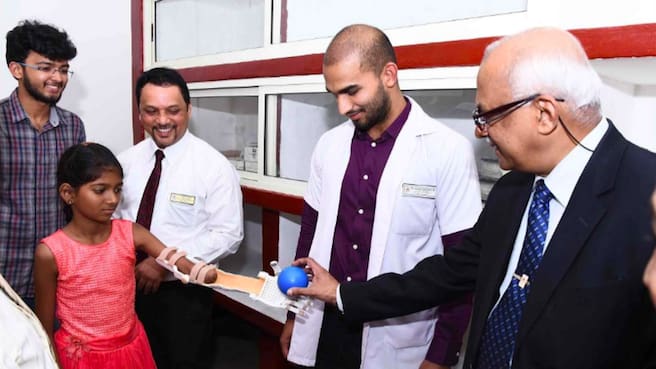
A new 3D printing facility has been opened at the Department of Orthopaedics at Kasturba Hospital in India. Already, two children's lives have been changed as they received prosthetic limbs.
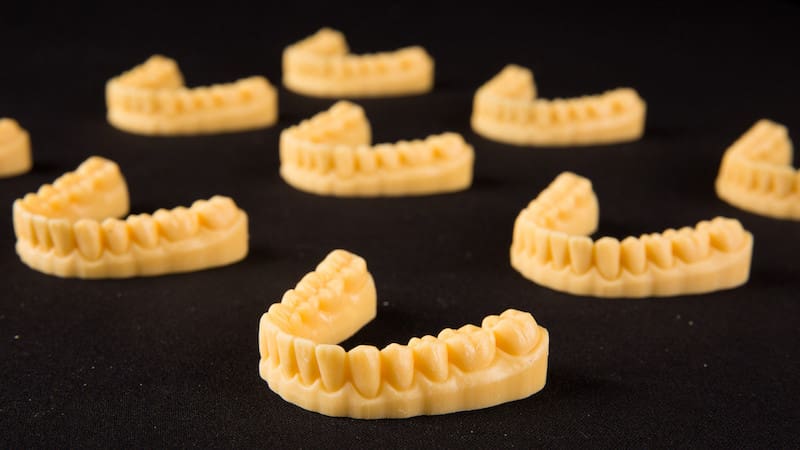
ClearCaps is a clear aligner brand founded in Berlin, Germany which uses 3D printers to create its product. When founder Jesse Bartels decided to expand the company's fleet of printers, he opted for Structo’s Mask Stereolithography (MSLA)-powered 3D printers.
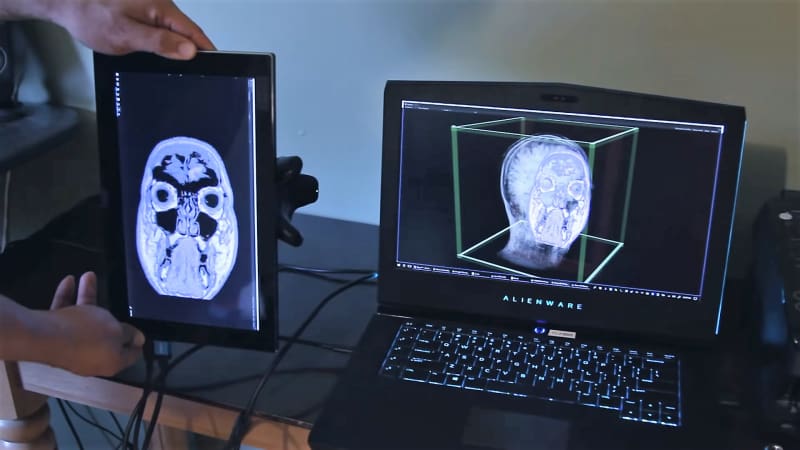
Here’s one ingenious method of navigating MRI scanner data: With the help of 3D printing, some software, and a tablet, you can zoom through your brain.
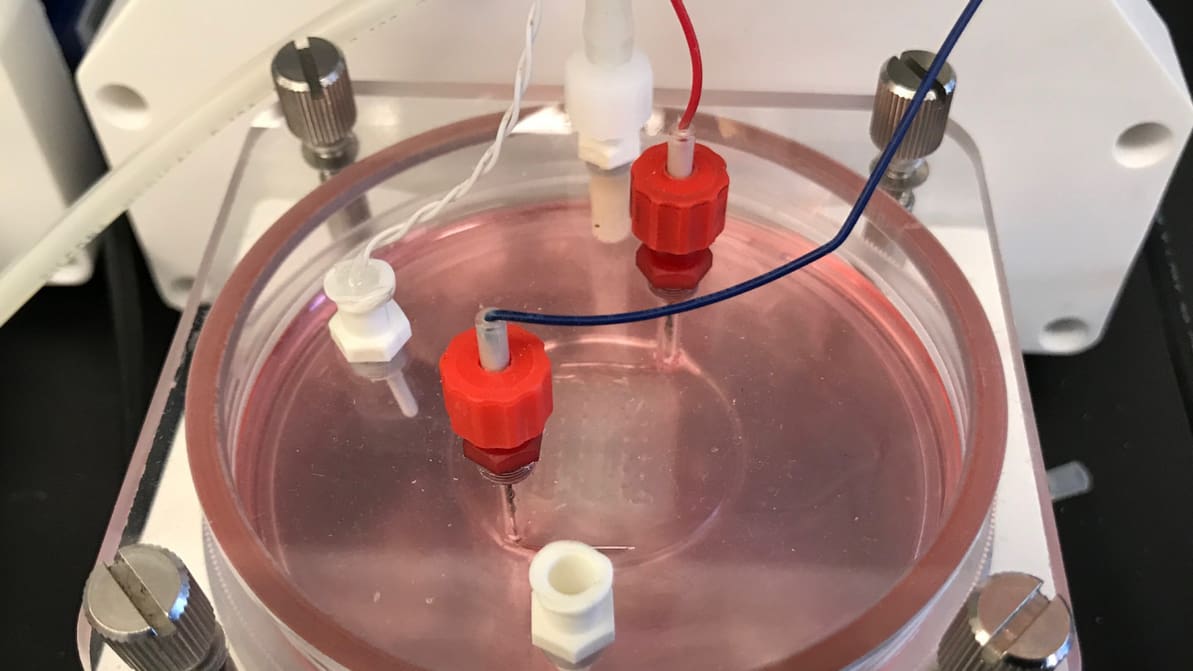
BioLife4D, a biotech company, is working on printing a viable human heart which is suitable for transplant. But, the company claims to have reached a significant milestone and successfully 3D bioprinted a human cardiac patch.
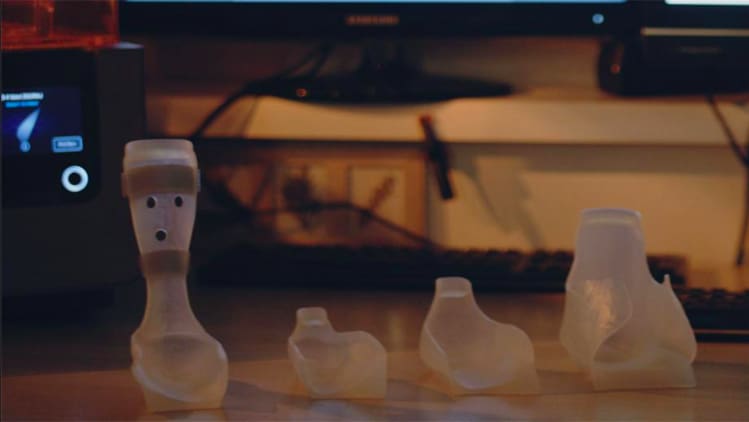
When Matej Vlašič was told that his son, Nik, who is afflicted with cerebral palsy, may never sit up, he began looking for a way to give him the best life possible regardless. With a little help from 3D printing and physical therapy, Nik can now not only sit up but also walk, cycle and dance. Vlašič has now set up aNImaKe, a company to help other parents in a similar situation.
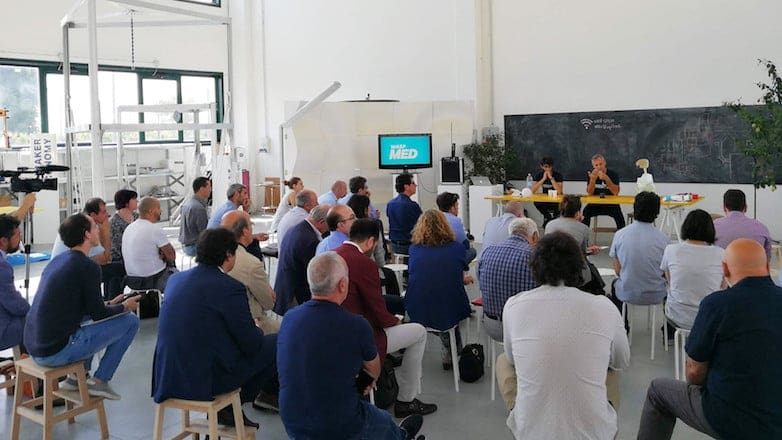
WASP, the Italian 3D printer manufacturer, is donating and setting up a laboratory for 3D printing artificial limbs at the University of Damascus, Syria. Engineering graduate students will then print prosthetics for those in need.